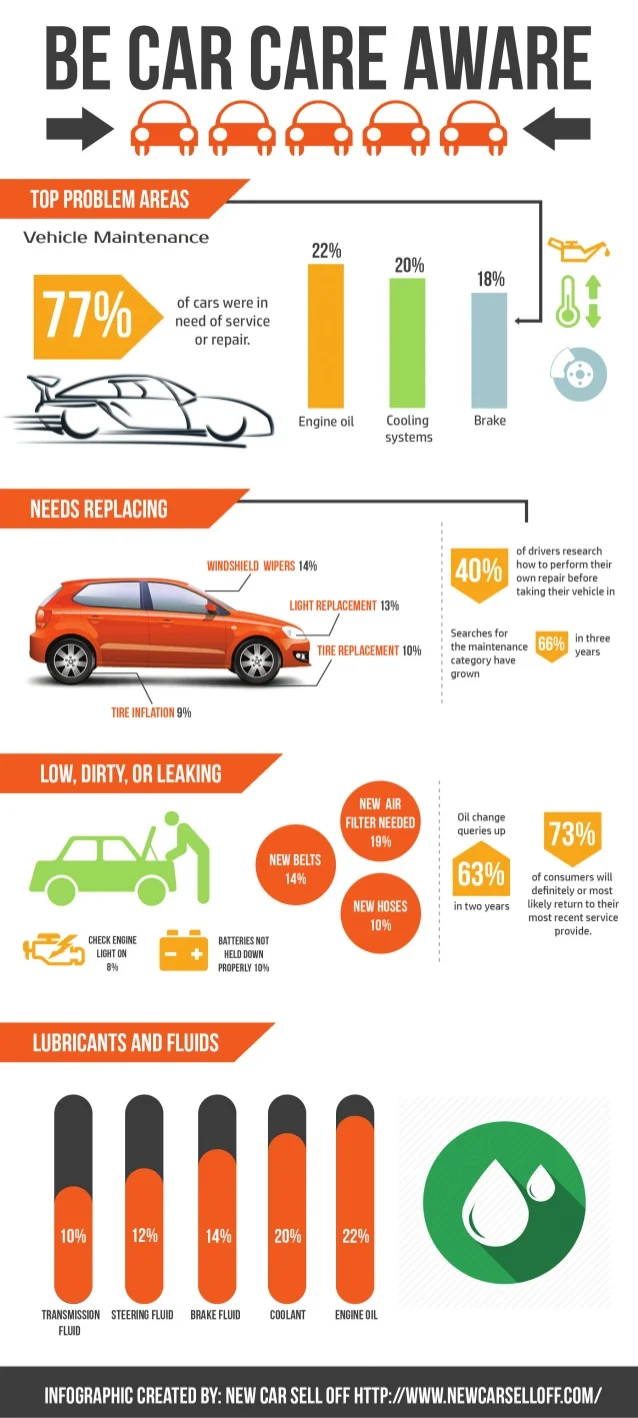Decoding Your Automobile'S Warning Indicators: What They Absolutely Signify
Decoding Your Automobile'S Warning Indicators: What They Absolutely Signify
Blog Article
Material Writer-Lim Alvarado
When you lag the wheel, those radiant caution lights on your control panel can be a bit bewildering. Do you know what they're trying to tell you concerning your car's health? Recognizing the relevance of these lights is crucial for your security and the long life of your automobile. So, the following time among those lights turns up, wouldn't you want to decode its message properly and take the necessary steps to resolve it?
Common Warning Lighting and Interpretations
Recognize usual warning lights in your car and understand their definitions to make certain risk-free driving.
One of the most normal warning lights include the check engine light, which signifies issues with the engine or emissions system. If this light comes on, it's important to have your car inspected quickly.
The oil stress alerting light indicates low oil stress, needing instant attention to avoid engine damage.
A blinking battery light may recommend a malfunctioning billing system, possibly leaving you stranded if not resolved.
The tire pressure monitoring system (TPMS) light informs you to low tire pressure, impacting vehicle stability and gas performance. Overlooking this might result in unsafe driving problems.
The abdominal muscle light indicates a trouble with the anti-lock braking system, endangering your ability to stop swiftly in emergencies.
Last but not least, the coolant temperature alerting light warns of engine overheating, which can result in severe damage if not dealt with promptly.
Understanding these usual caution lights will certainly help you resolve problems promptly and keep secure driving conditions.
Value of Prompt Attention
Recognizing the usual warning lights in your cars and truck is just the initial step; the importance of without delay attending to these warnings can't be stressed enough to guarantee your security when driving.
When a warning light brightens on your control panel, it's your cars and truck's method of interacting a possible issue that needs focus. Overlooking these cautions can bring about more severe issues in the future, endangering your safety and possibly costing you a lot more out of commission.
just click the following internet site to advising lights can prevent malfunctions and crashes. For instance, a blinking check engine light could suggest a misfire that, if left neglected, can trigger damage to the catalytic converter. Resolving this quickly can conserve you from a costly repair service.
In a similar way, a brake system warning light may signal low brake liquid or used brake pads, essential elements for your security when driving.
Do It Yourself Troubleshooting Tips
If you discover a warning light on your dashboard, there are a few DIY repairing ideas you can try prior to looking for specialist help.
The primary step is to consult your automobile's manual to comprehend what the details caution light indicates. Often the concern can be as simple as a loose gas cap activating the check engine light. Tightening the gas cap may solve the problem.
An additional common issue is a low battery, which can cause various advising lights. Checking car interior wash for deterioration and guaranteeing they're safe could take care of the trouble.
If a warning light lingers, you can attempt resetting it by separating the cars and truck's battery for a couple of mins and then reconnecting it. In addition, examining your vehicle's fluid levels, such as oil, coolant, and brake liquid, can aid troubleshoot alerting lights associated with these systems.
https://free-tire-service41627.dbblog.net/4522892/the-future-generation-of-car-explaining-significant-fads-and-technologies-imminent
In conclusion, comprehending your auto's caution lights is necessary for keeping your vehicle running smoothly and safely. By promptly attending to these signals and recognizing what they imply, you can prevent pricey fixings and prospective malfunctions.
Bear in mind to consult your vehicle's guidebook for particular details on each warning light and take action as necessary to guarantee a hassle-free driving experience.
Remain educated, stay risk-free on the road!
